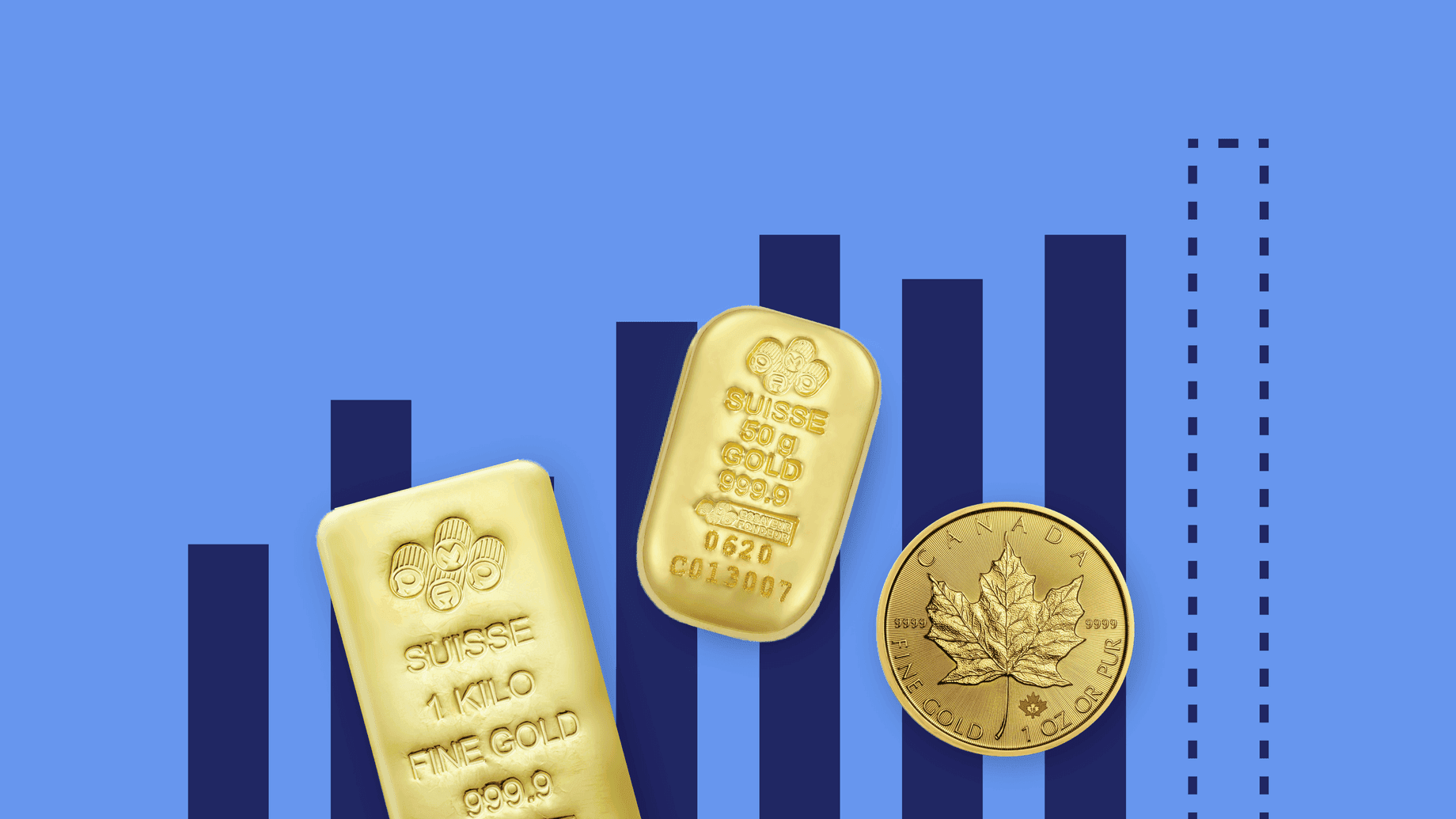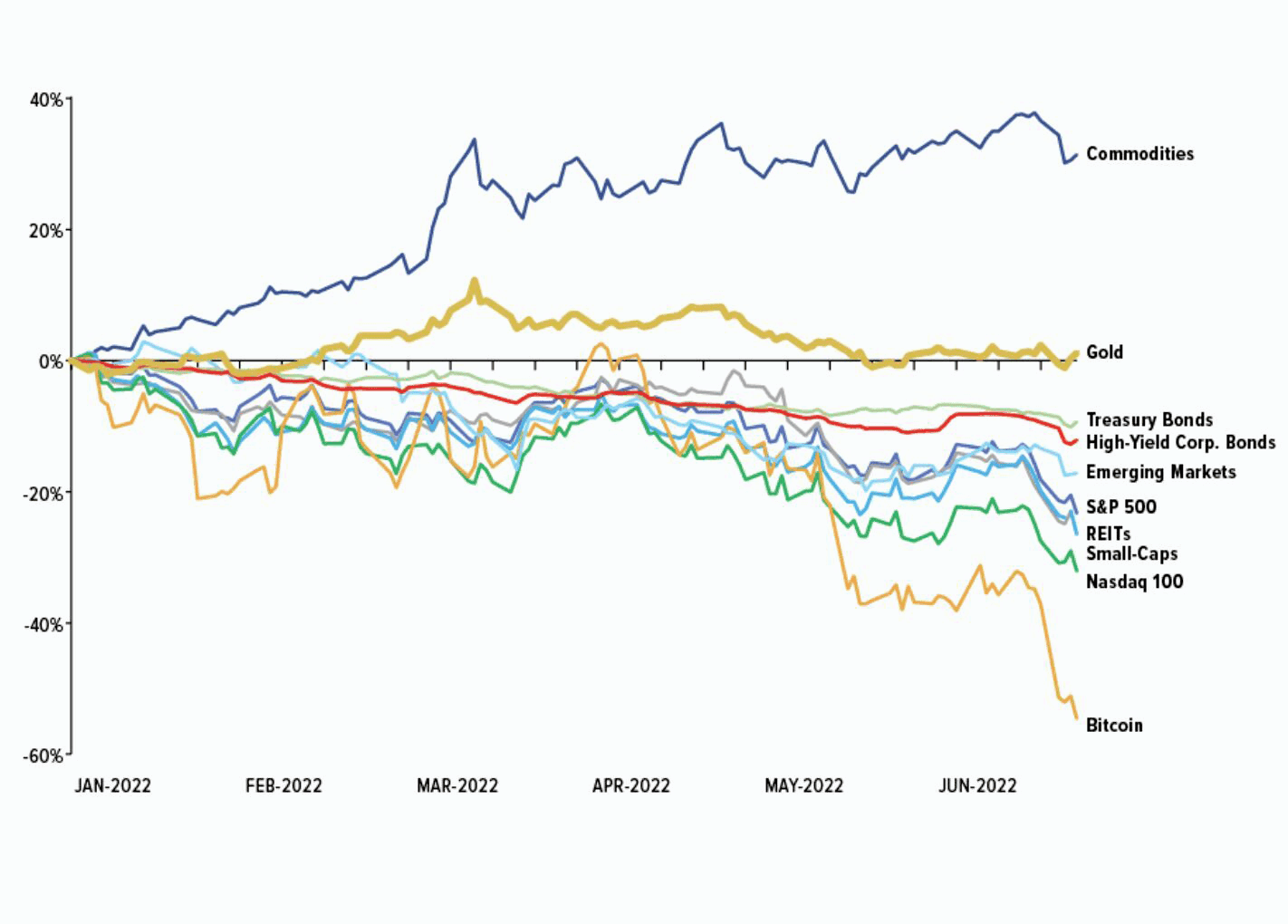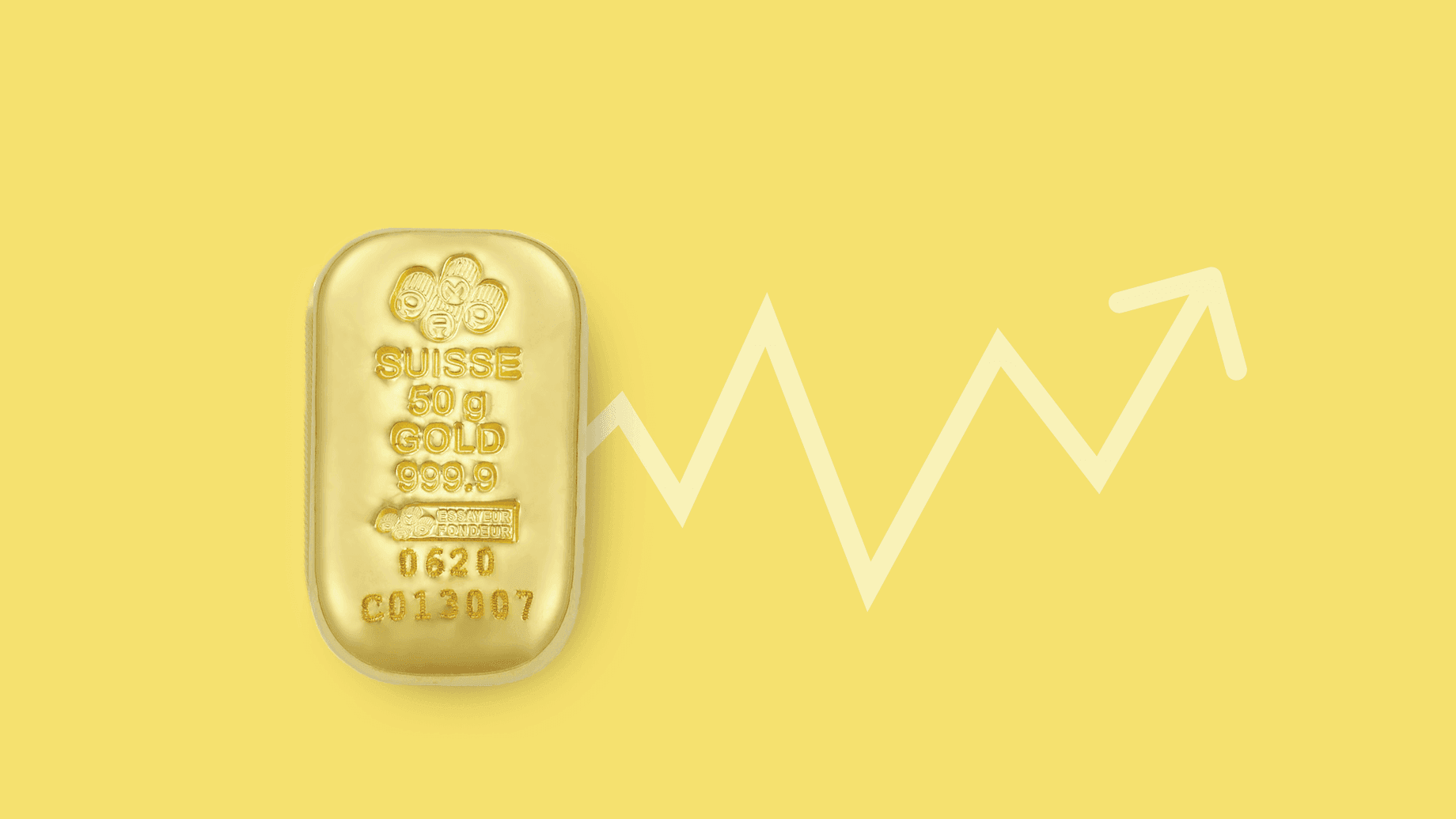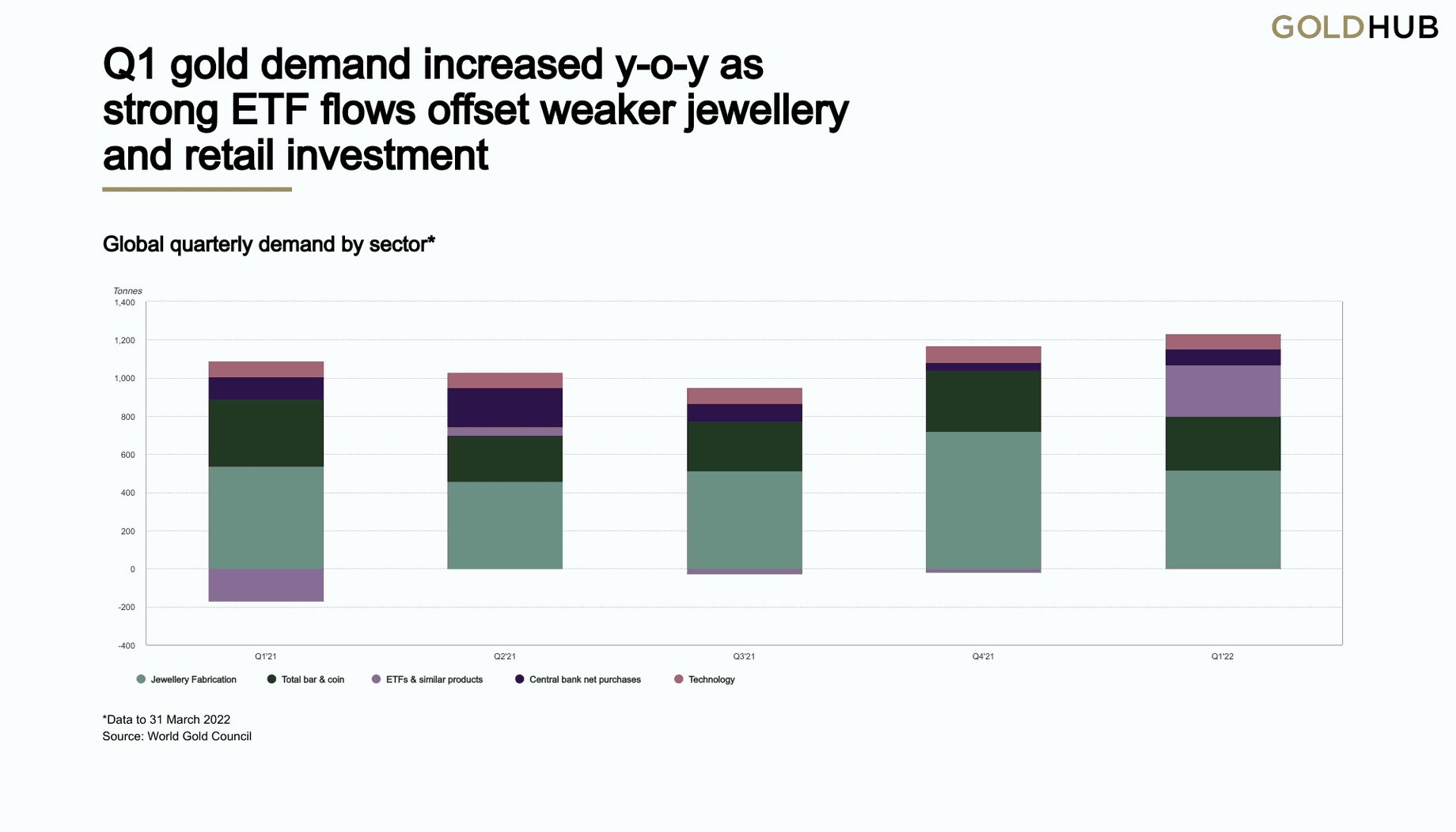Is the price of gold going up next year? 4 main drivers explained

What does the future hold for gold? Here are the 4 trends that could make the yellow metal shine in the nearest future.





What does the future hold for gold? Here are the 4 trends that could make the yellow metal shine in the nearest future.



